What future lies ahead for safety?
The Winter 2022 HR Magazine has some interesting insights about looking into the future of work. While their focus is on Human Resources, we know that HR and Safety go hand-in-hand. The same future scenarios are coming for Safety Professionals and Leaders.

The Covid pandemic and aftermath became an ugly reminder of how difficult it is to predict and prepare for the future. Yet that doesn’t mean that safety leaders shouldn’t think ahead – especially when there are no absolutes. Older, experienced workers are retiring, and the digital revolution continues. It is not too early to start thinking and preparing for new generations to be taking over or that effective digital training will become a necessity. It is never too soon to think about preparing employees to expect the unexpected…to prepare for what may not yet be known.
One quote that struck me (in this article regarding future training) was, “You’ve got to convince people why they need to do the work, and it’s not just ‘because you’re paying me to do it.’”
For decades, now we’ve been teaching our workers the “why” to work safely, so that they can go home at the end of their shift whole – with life and limb intact – eyes, ears, fingers, toes. The “why” becomes evident with every piece of protective equipment that is required…the last line of defense.
Convincing people that being able to go home to their families in the same condition as they entered the workplace is the goal, without being maimed, having long-term disability, or worse, a fatality in the workplace. That is the “why” that underscores workplace safety.
The next “why” is what we all should know as human beings…we grow, we develop, we learn, we solve problems…individually and together. There is much value to learn by experience, and to learn by training mechanisms that are most effective to the task, the job, the larger picture. Learning while doing work fulfills a natural need for personal and professional growth.
The final “why” is because our economy runs by money…we live the way we choose because we have money to spend on our own pursuit of happiness…when we work, we get paid; when we are paid we provide for ourselves and loved ones; we contribute to the economy in the system in which we exist.
Because of the changing futures (as noted above), Teamwork will become the new game plan. Healthy culture and trust will have to draw more focus. The article notes that scrums, sprints, and squads will be widespread as employers draw workers from all over the company and even from outside the organization to work on projects together. You’ll see a breaking away from hierarchical ways of working and putting people into these newer constructs. Putting together effective project teams is the way of the future.

In safety, however, this is not new. The best safety improvement teams and trouble-shooting/problem solving endeavors have drawn from people across the workplace – where sharing ideas, prompting new innovations, and, ultimately, improving the safety of the workplace (system changes, process flows, etc.) spring forth from people who have knowledge of the concern, a relationship to what’s at stake, a voice and information to share, experience to convey, and an overall desire to make things better.
In safety, the “buddy” system is tried and true. Looking out for our workplace “brothers/sisters” – everyone – has been a mainstay to help ensure that people not only get the job done well, but that they get the job done safely. The individual “person” has a valued life – underscoring the “why our workplaces have to be safe, and work be meaningful.”
While signage in the workplace helps us with prompts to work safely, taking cues from those we work with, paying attention, having situational awareness for ourselves and others must be the norm. That’s not a bold prediction – that’s a bold requirement in my mind, for the present and the future of work.

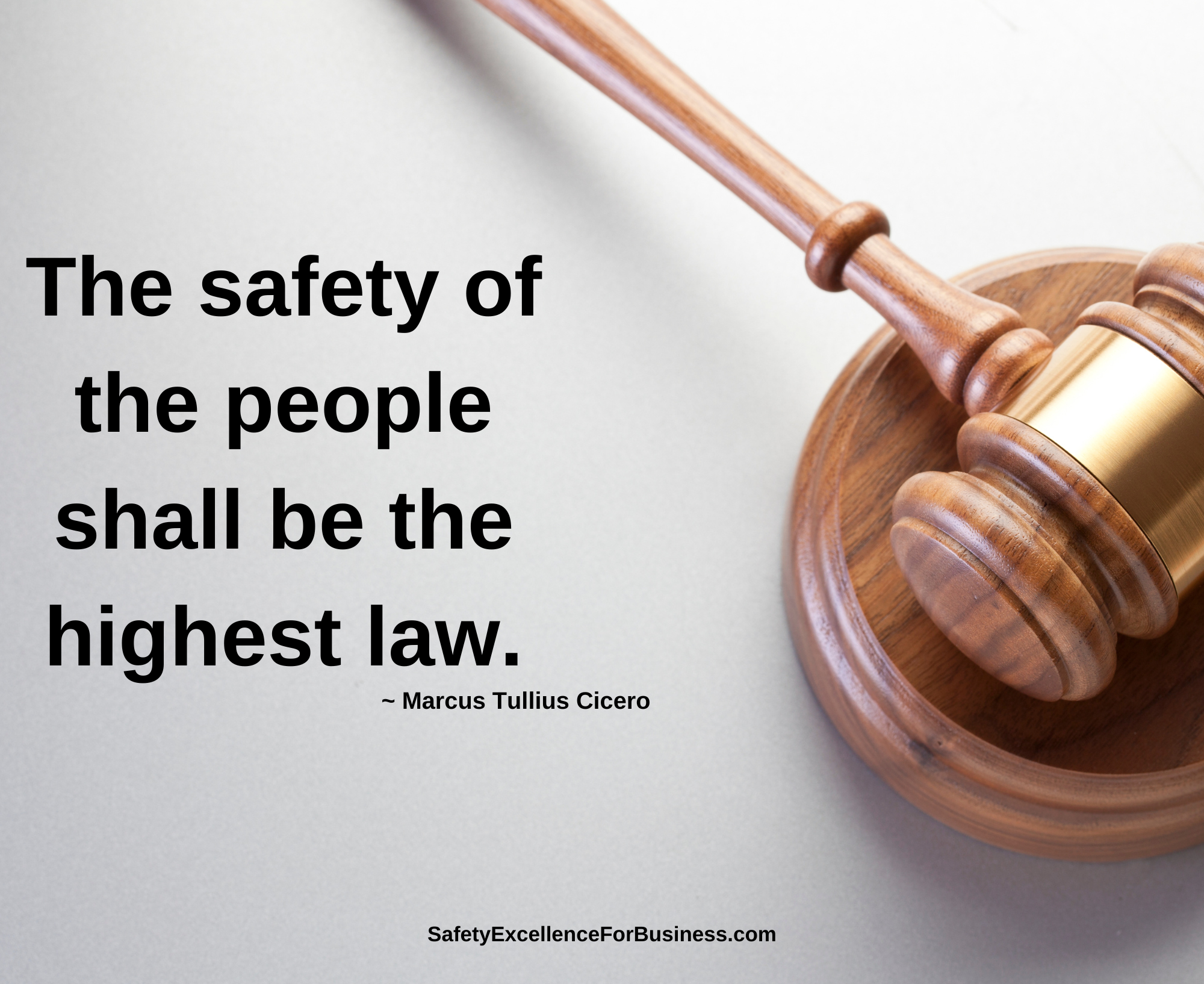

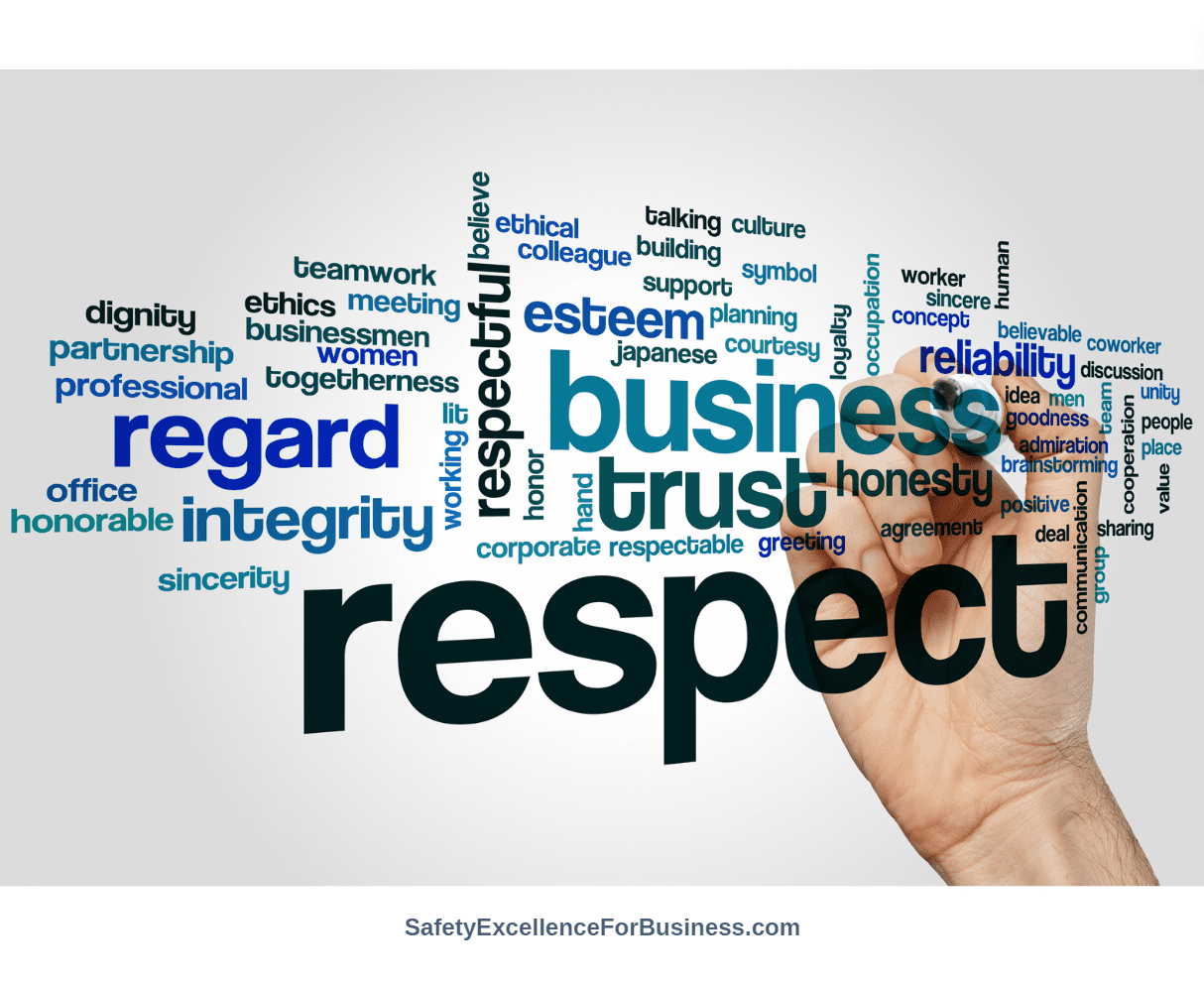



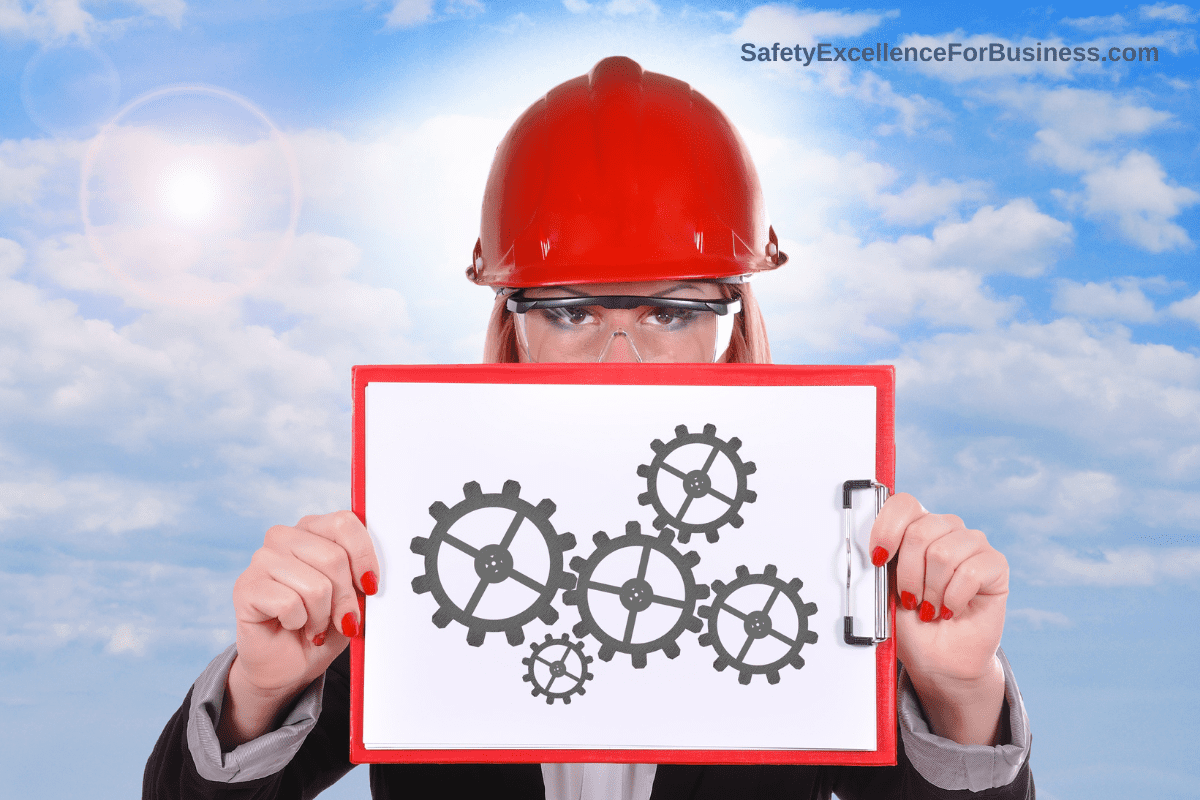
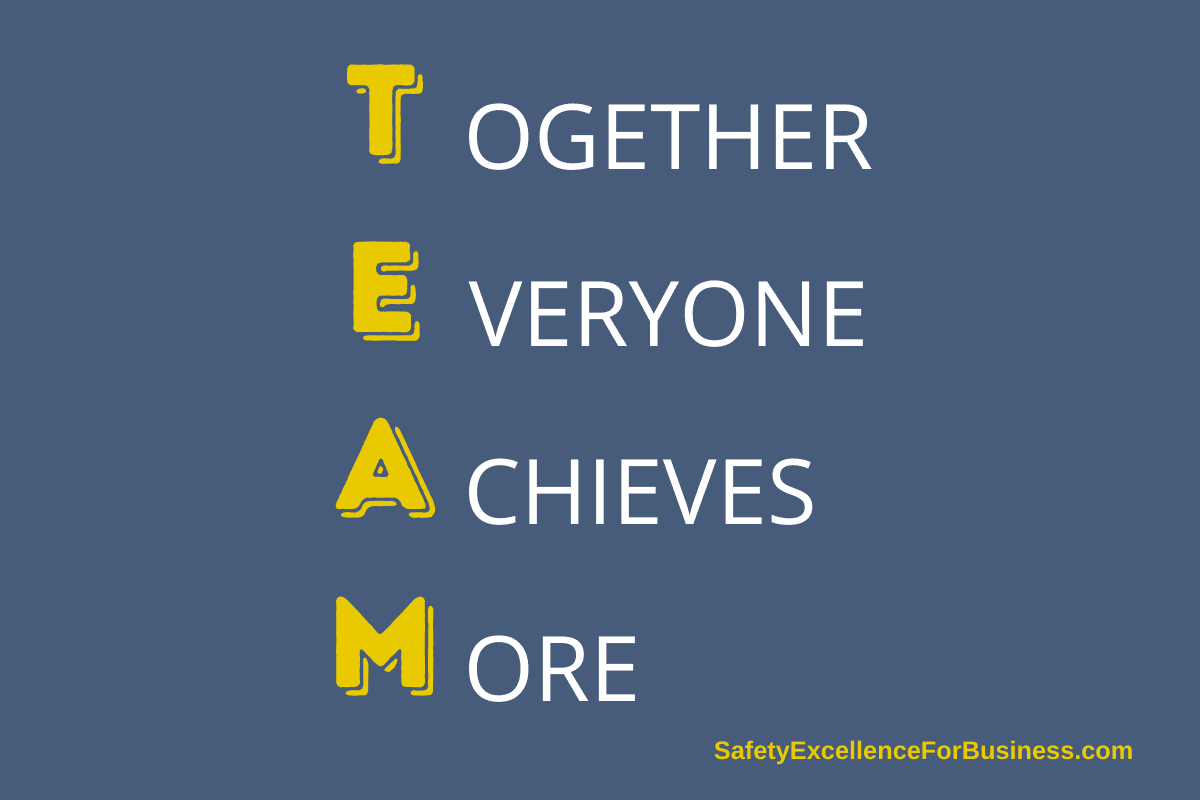
 For example, the workers on the Deepwater Horizon drilling platform received good recognition for outstanding occupational safety performance (the slips, trips and falls sorts of incidents) just a day or two before the explosion on April 20, 2010, that killed 11 people and injured 17 others. The pressures from top management to get into production led to failures of their process safety management (PSM) systems and processes. Communications were limited because management did not want to hear of more problems; they were driving the production schedule. The fine occupational safety performance masked the PSM deficiencies which are more subtle and invisible to upper managers, unless they are keenly aware of the needs for excellent PSM.
For example, the workers on the Deepwater Horizon drilling platform received good recognition for outstanding occupational safety performance (the slips, trips and falls sorts of incidents) just a day or two before the explosion on April 20, 2010, that killed 11 people and injured 17 others. The pressures from top management to get into production led to failures of their process safety management (PSM) systems and processes. Communications were limited because management did not want to hear of more problems; they were driving the production schedule. The fine occupational safety performance masked the PSM deficiencies which are more subtle and invisible to upper managers, unless they are keenly aware of the needs for excellent PSM. Now we have another example with the mess at Boeing and the 737 Max crashes. Top management was feeling the pressures for market share from Airbus and putting terrific pressures on cost reduction and faster production.
Now we have another example with the mess at Boeing and the 737 Max crashes. Top management was feeling the pressures for market share from Airbus and putting terrific pressures on cost reduction and faster production. This is quite attainable with authentic, courageous leaders who take a stand that this is the sort of place they want to lead. The knowledge and technology are available and broadly known by lots of people so I want to share my own experiences.
This is quite attainable with authentic, courageous leaders who take a stand that this is the sort of place they want to lead. The knowledge and technology are available and broadly known by lots of people so I want to share my own experiences.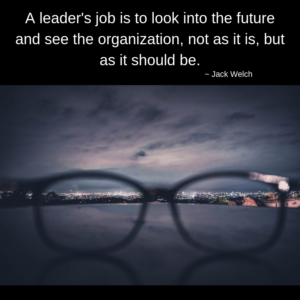 This all began with my determination to work on improving respect, civility and safety. As I built credibility and trust with everyone, people began to make improvements in many other areas. Everything got better.
This all began with my determination to work on improving respect, civility and safety. As I built credibility and trust with everyone, people began to make improvements in many other areas. Everything got better. In 2017, Gallup, Inc. published their “State of the Global Workplace,” looking at the levels of productivity around the world. They were concerned about the decline in productivity and wanted to develop a better picture of the situation. High productivity is a key to having a good quality of life, and this relates to how involved people are in their work. They found that worldwide, only about 15% of the people are highly involved. This varies from country to country with the highest levels of involvement in the USA and Canada at 31%. Those businesses in the top quartile of employee involvement in their global study are 21% more profitable and 17% more productive. They also have 70% fewer safety incidents, 40% fewer quality incidents, 41% lower absenteeism, and 59% lower turnover. The positive impact of employees being highly involved is huge.
In 2017, Gallup, Inc. published their “State of the Global Workplace,” looking at the levels of productivity around the world. They were concerned about the decline in productivity and wanted to develop a better picture of the situation. High productivity is a key to having a good quality of life, and this relates to how involved people are in their work. They found that worldwide, only about 15% of the people are highly involved. This varies from country to country with the highest levels of involvement in the USA and Canada at 31%. Those businesses in the top quartile of employee involvement in their global study are 21% more profitable and 17% more productive. They also have 70% fewer safety incidents, 40% fewer quality incidents, 41% lower absenteeism, and 59% lower turnover. The positive impact of employees being highly involved is huge. Most people in management positions focus on systems and processes like running a payroll or production line. They want reliability, predictability, control, and stability, which are important for much of the business. But when they apply this approach to people, things go downhill. This approach results in 71% of the people globally being unengaged and 19% being actively disengaged. Morale, safety and engagement are a mess. Managers engage in managership, and this will not solve the problem of building higher levels of engagement.
Most people in management positions focus on systems and processes like running a payroll or production line. They want reliability, predictability, control, and stability, which are important for much of the business. But when they apply this approach to people, things go downhill. This approach results in 71% of the people globally being unengaged and 19% being actively disengaged. Morale, safety and engagement are a mess. Managers engage in managership, and this will not solve the problem of building higher levels of engagement.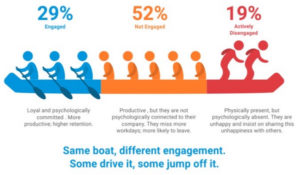
 The way in which we think about and work with all the people is a key shift that is needed.Leading thinkers like Eric Hollnagel, Tom McDaniel, Beth Lay, Carl Stent, and Ron Gantt are searching for better, more effective ways of engaging with everyone to build on the good things people are doing.
The way in which we think about and work with all the people is a key shift that is needed.Leading thinkers like Eric Hollnagel, Tom McDaniel, Beth Lay, Carl Stent, and Ron Gantt are searching for better, more effective ways of engaging with everyone to build on the good things people are doing.




